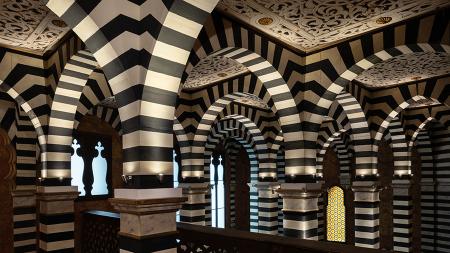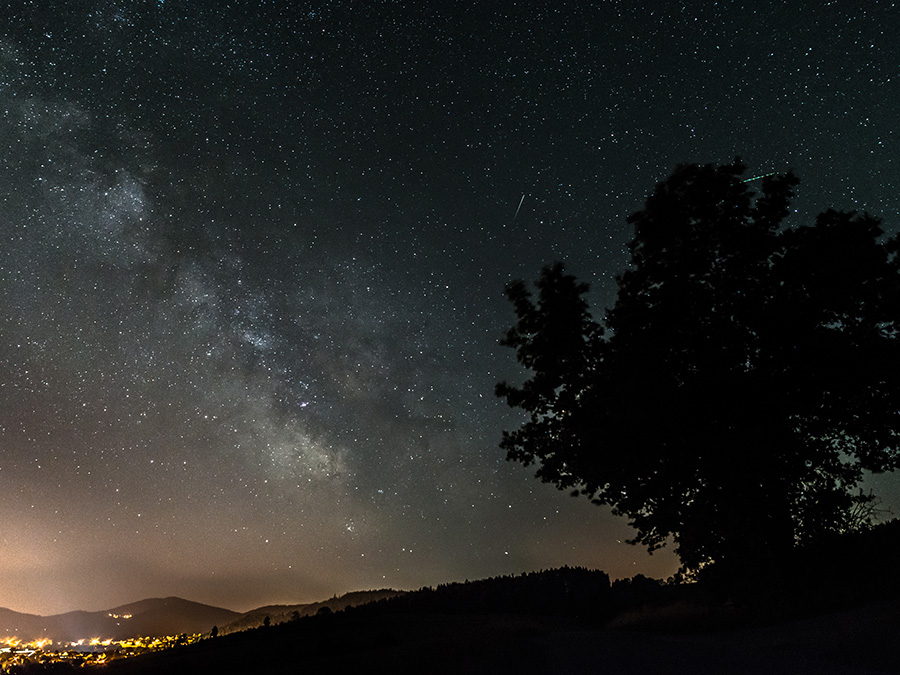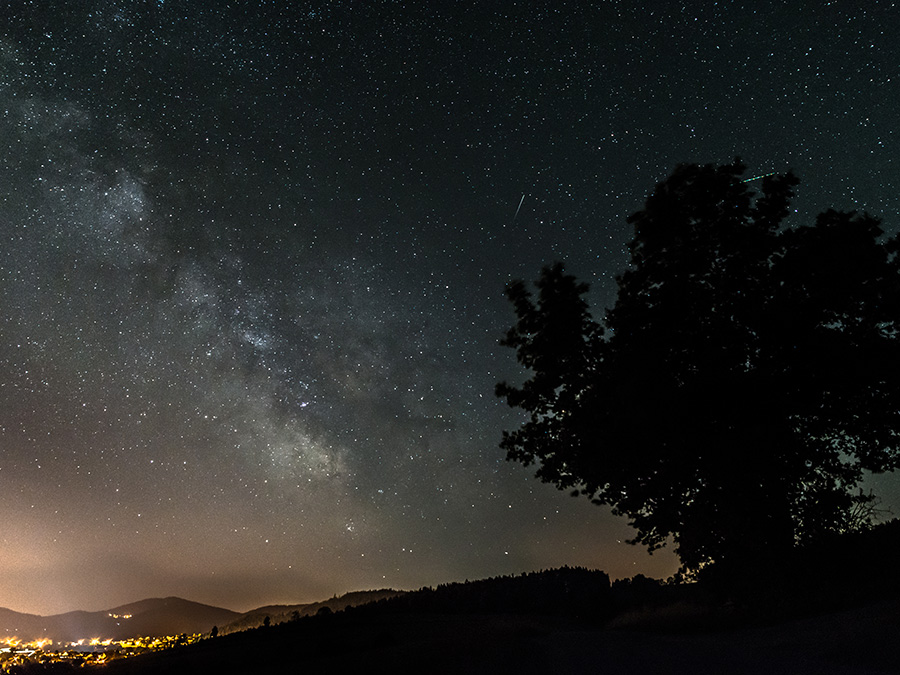| Location | Reims, France |
|---|---|
| Application | Facades |
| Project | BLP Architectes - Frédéric Coqueret |
| Light planning | I.C.O.N. - Akari-Lisa Ishii |
| Photo | I.C.O.N. - Akari-Lisa Ishii |
In the French city of Reims, a voluntary association keen to preserve the city’s historical and cultural heritage has championed a project to reconstruct a 13th century facade destroyed during the bombings of 1918. The House of the Musicians has been brought back to life thanks to careful preliminary historical documentation work that established the architectural style and the changes that had been made over the seven centuries since the building’s construction.
Architect Frédéric Coqueret and his practice BLP Architectes designed a restrained project that pays tribute to the building’s history and the many architectural transformations it has undergone over the centuries. The five large statues, depicting the musicians together with a listener, are the most distinctive elements of this invaluable distillation of mediaeval architecture. The sculptures that can now be seen on the reconstructed facade are exact copies of the originals, which were fortunately rescued on the eve of the bombing and are housed in the city’s museum, the Musée Saint-Remi.
The lighting design was entrusted to Akari-Lisa Ishii’s lighting design practice I.C.O.N. Ishii adopted the same restrained approach to the lighting as that used in the architectural project and continued the correlation with the building’s urban surroundings. The bottom-up lighting outlines first the ground floor arches then the cornice marking the junction between the building’s two storeys and finally grazes the wall up to the upper cornice.
To light the statues, I.C.O.N. chose ten Pivot 1.7 fixtures with anti-glare snoots, mounted on the two public street lamps on the building facing the House of the Musicians. The Pivot 1.7 projectors show off the sandstone sculptures perfectly thanks to their very narrow beams (5° and 11°) and colour rendering index of over 90. And the flexibility with which the devices’ precise positions could be established allowed the lighting to be calibrated for a good overall balance. The Pivot projectors were also selected for their extreme compactness, which, coupled with the choice of an anthracite finish like that of the street lamps, means they are practically hidden from view.

Livorno, Italy

Grizzana Morandi, Bologna, Italia

